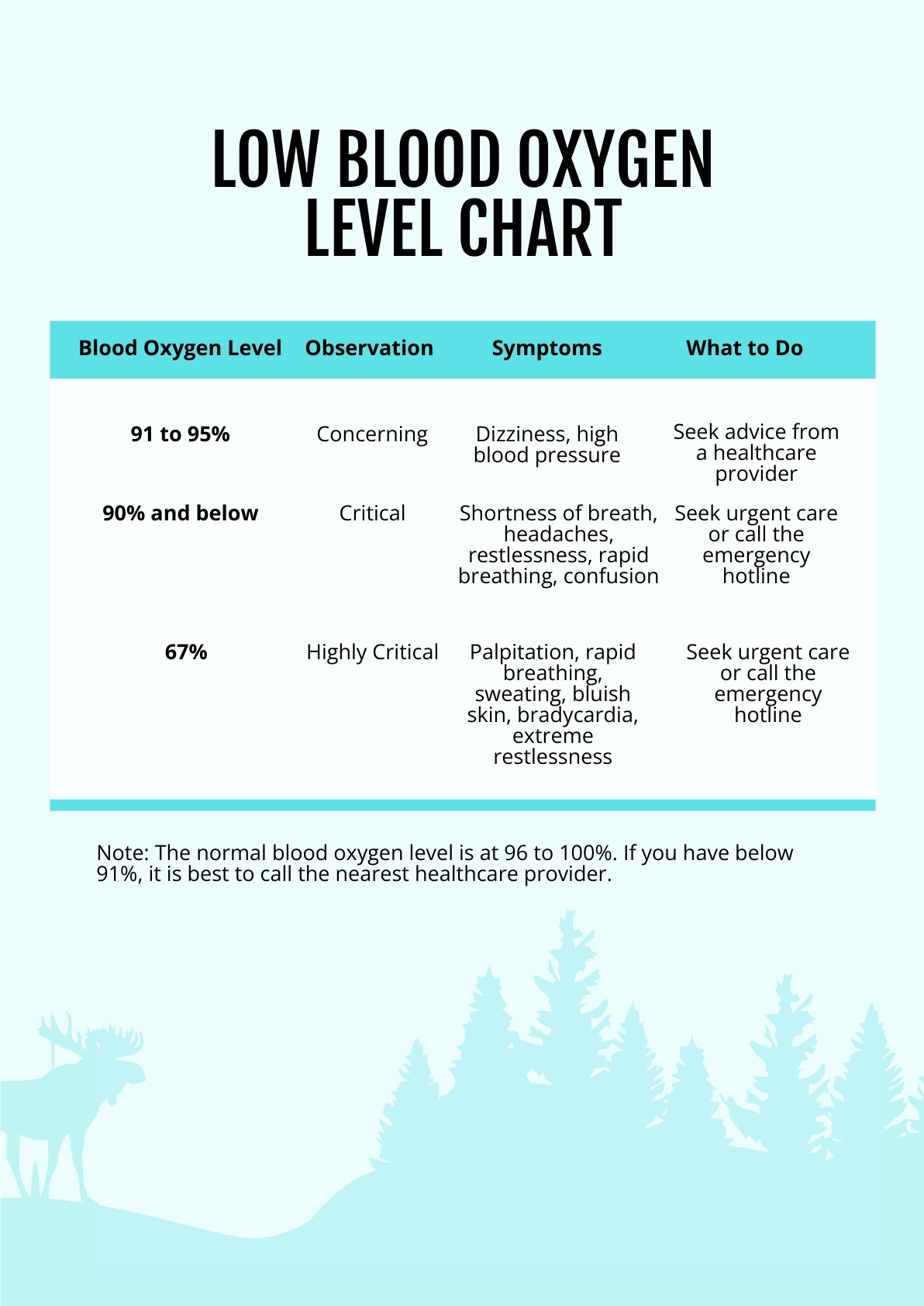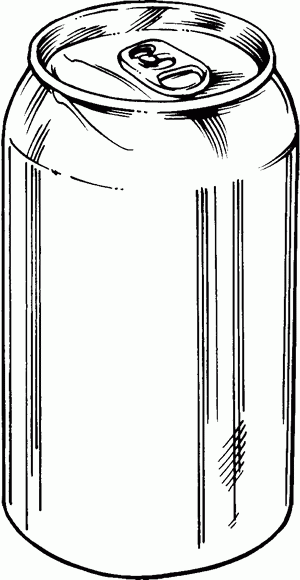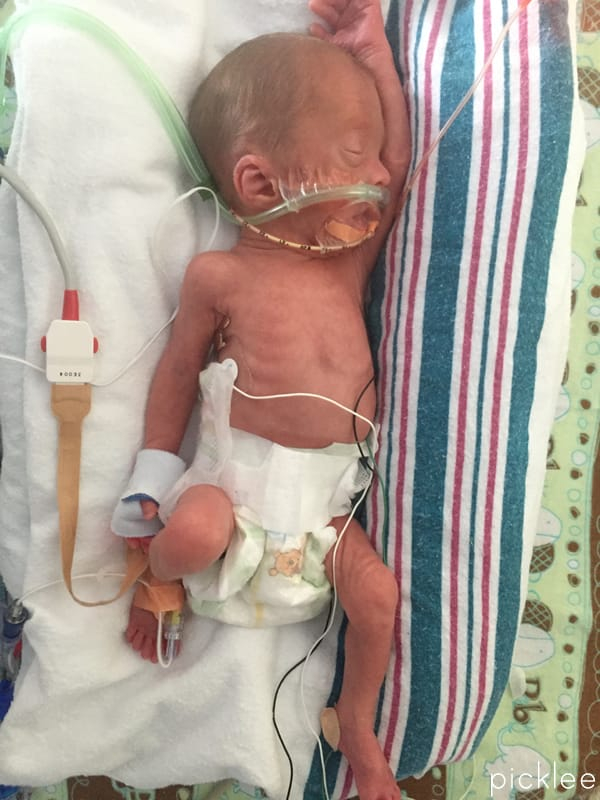What Oxygen Level Is Too Low For A Baby
When it comes to the health and well-being of a baby, one of the crucial factors to consider is the oxygen level in their body. Oxygen is essential for the proper functioning of the body, and any deviation from the normal levels can have serious consequences. In this article, we will delve into the topic of what oxygen level is too low for a baby, exploring the implications and potential risks associated with low oxygen levels in infants.
Knowledge
It is important to understand that the normal oxygen saturation level in the blood is around 95-100%. When the oxygen level drops below 90%, it is considered low and can lead to a condition known as hypoxemia. In babies, low oxygen levels can be particularly dangerous as their bodies are still developing and are more vulnerable to oxygen deprivation.
There are several factors that can contribute to low oxygen levels in babies. Some of the common causes include respiratory infections, lung conditions, heart defects, and birth complications. Premature babies are also at a higher risk of experiencing low oxygen levels due to their underdeveloped lungs.
It is essential for parents and caregivers to be aware of the signs of low oxygen levels in babies. Some of the common symptoms include rapid breathing, grunting, flaring nostrils, chest retractions, and a bluish tint to the skin, lips, or nails. If you notice any of these symptoms in your baby, it is crucial to seek medical attention immediately.
When a baby is diagnosed with low oxygen levels, prompt treatment is essential to prevent any complications. Treatment may involve providing supplemental oxygen through a nasal cannula or mask, monitoring the baby’s oxygen levels closely, and addressing any underlying conditions that may be contributing to the low oxygen levels.
Conclusion
In conclusion, understanding what oxygen level is too low for a baby is crucial for ensuring the health and well-being of infants. Parents and caregivers should be vigilant in monitoring their baby’s oxygen levels and seek medical attention if they suspect low oxygen saturation. By being aware of the causes, symptoms, and treatment options for low oxygen levels in babies, we can help protect the most vulnerable members of our society.
Overall, this article is intended to educate parents, caregivers, and healthcare professionals about the importance of maintaining adequate oxygen levels in babies. By knowing what to look for and how to respond to low oxygen levels, we can ensure that babies receive the care and attention they need to thrive.






